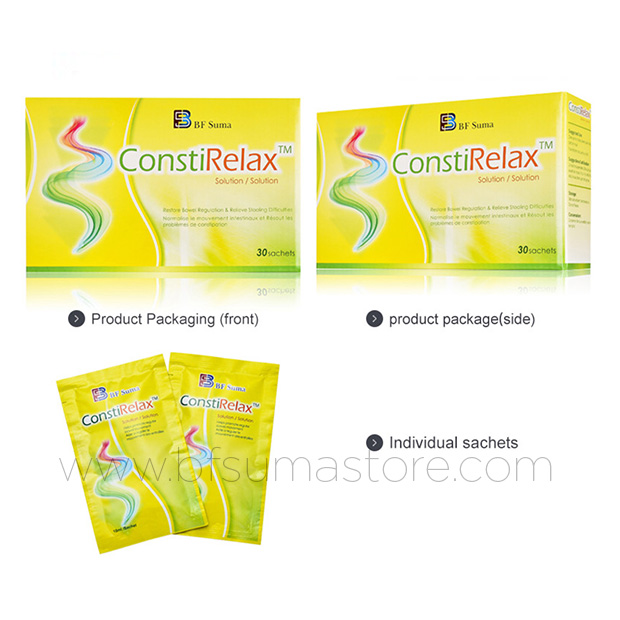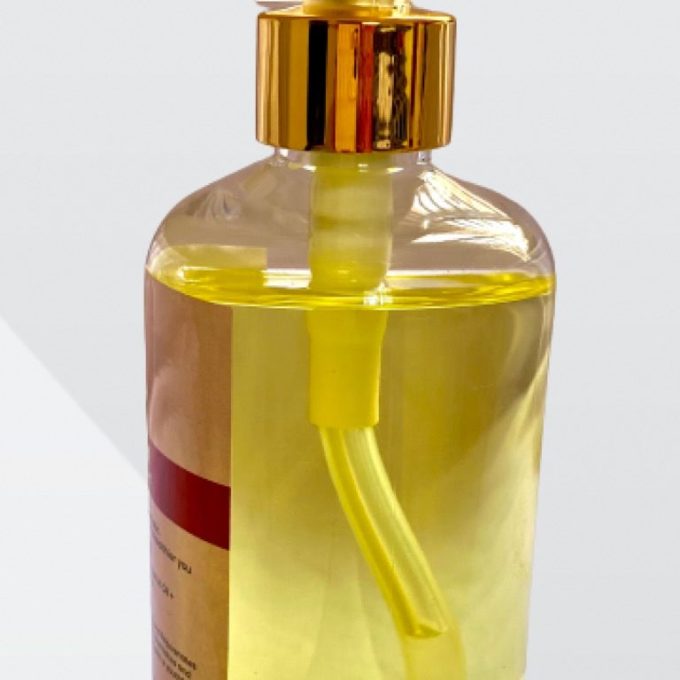Description
Description
Wellosophy Meal Replacement for Weight Control Shake Vanilla Flavour is a tasty, convenient and sustainable solution to help you lose weight – and keep it off – for the long term! The formula, with natural ingredients, has been created by our nutritionists to help you control your calorie intake without missing out on any of the nutrition your body needs!
Mixing 25g of powder with cow’s milk or soy milk alternative** creates a delicious, satisfying shake, that is nutritionally equal to a healthy, balanced regular meal – in a controlled portion, with controlled calories! Simply replace two main meals a day with a shake to lose weight, or one main meal to maintain weight*. What could be easier?
- 204 kcal per serve mixed with 250ml 1.5% cow’s milk
- 239 kcal per serve mixed with 310ml soy milk alternative**
- Plant-based recipe suitable for vegans and vegetarians
- High in proteins from pea and faba bean
- Source of dietary fibre from faba bean, corn and chicory
- Fortified with 23 essential vitamins and minerals
- Sunflower oil high in the omega-6 essential fatty acid, linoleic acid
- No added sugar – sweetened with natural origin Stevia sweetener
- Gluten free
- No artificial colours, preservatives or sweeteners, non-GMO
- Created in Sweden
25g per serving. 21 servings. 525g.
Say goodbye to punishing diets!
Maintaining a healthy weight is challenging in our modern lifestyles – it’s so easy to consume more calories than we expend so losing excess weight is difficult – and keeping it off can be even harder!
Many diets promise incredible results but they may cut out important food groups, involve complex preparation, or be so restrictive that they are simply punishing. That’s why so many diets are hard to stick with for the long term, and you often end up putting the weight straight back on again (Dulloo & Montani, 2015). Demoralising and demotivating to say the very least. You deserve better!
A healthier way to your healthy weight!
Research has shown that people who use meal replacements tend to be more successful at reaching and sustaining their weight loss goals (Astbury et al., 2018). Why?
Easy portion, nutrition and calorie control
Easily controlled portions of meal replacement help you manage your nutrition and calorie intake in an easy way.
Structured sustenance
Structured eating, portions and nutrition sustain energy through the day, helping to keep you feeling full and resist the temptation of unhealthy foods.
Easy to fit your lifestyle
As meal replacements replace a regular meal and are easy to prepare, they fit easily into your lifestyle.
Add exercise for optimal results
Try to incorporate regular exercise into your lifestyle – people who increase their physical activity levels tend to lose more weight and are more successful at maintaining their weight loss (McGuire et al., 1999). A minimum of 30 minutes a day of moderate–vigorous exercise is recommended to support weight loss (Rosenkilde et al., 2012).
Prioritise protein
On a conventional low protein weight loss diet, 20-30% of the weight lost is actually muscle mass (Weinheimer at al., 2010). Increasing protein intake can help to preserve muscle and promote fat loss (Longland et al., 2016; Murphy et al., 2014).
Prioritise sleep
You might not realise, but good sleep plays an important role in weight management. Being overweight can negatively affect your sleep, and not getting enough sleep can negatively impact your weight – people who get poor sleep tend to consume more calories (Patel & Hu, 2008).
Don’t do it alone!
Try to surround yourself with a supportive network who encourage you on your journey, celebrate your successes and motivate you to keep going! Weight loss results achieved on a meal replacement diet were even greater when used alongside a support programme (Astbury et al., 2018).
Our nutritionist says:
“Weight management is a journey, not a race – try to shift your mindset from using extreme diets to lose a lot of weight in a short time – a realistic and safe weight loss target is 0.5-1kg a week. Remember that weight loss is about balancing calories in vs calories out, so if you can increase your physical activity – by even just a little to start with – it can really improve your results – and improve your overall health at the same time! Don’t forget to celebrate your successes – no matter how small they may seem – and be kind to yourself if there are days that don’t go so well – tomorrow is another day!”
Nutritional profile per 25g serve mixed with 250ml 1.5% cow’s milk:
Energy 204 kcal
Fat 6.3g
of which saturates 2.8g
Carbohydrates 14.2g
Of which sugars 12.6g
Dietary fibre 4.8g
Protein 20.2g
Salt 0.8g
Nutritional profile per 25g serve mixed with 310ml soy milk alternative**:
Energy 239 kcal
Fat 7.8g
of which saturates 3.1g
Carbohydrates 18.2g
of which sugars 14.2g
Dietary fibre 7g
Protein 20.6g
Salt 0.94g
Note: Meal Replacement for Weight Control products are intended for use as part of an energy restricted diet and with other food, in combination with regular physical activity. It is important to maintain adequate fluid intake.
* Substituting two daily meals of an energy restricted diet with meal replacements contributes to weight loss. Substituting one daily meal of an energy restricted diet with a meal replacement contributes to the maintenance of weight after weight loss.
** 1.5% cow’s milk or soy milk alternative. It is important to use soy milk alternative instead of cow’s milk as soy is a complete protein, providing all of the essential amino acids, in sufficient amount, that the body needs for growth and repair. Other plant-based milk alternatives (almond, coconut, rice, oat) are not suitable due to their nutritional composition. For example, their protein content is much lower than cow’s milk or soy milk alternative so they do not meet the criteria to be classified as a meal replacement.
Astbury NM, Piernas C, Hartmann-Boyce J, et al. A systematic review and meta-analysis of the effectiveness of meal replacements for weight loss. Obesity Reviews. 2019;20:569-87. doi:10.1111/obr.12816.
Dulloo AG, Montani JP. Pathways from dieting to weight regain, to obesity and to the metabolic syndrome: an overview. Obes Rev. 2015 Feb;16 Suppl 1:1-6. doi:10.1111/obr.12250.
Longland TM, Oikawa SY, Mitchell CJ, et al. Higher compared with lower dietary protein during an energy deficit combined with intense exercise promotes greater lean mass gain and fat mass loss: a randomized trial. Am J Clin Nutr. 2016 Mar;103(3):738-46. doi:10.3945/ajcn.115.119339.
McGuire MT, Wing RR, Klem ML, Hillf JO. ( Behavioral Strategies of Individuals Who Have Maintained Long-Term Weight Losses. Obesity Research. 1999;7:334-41. doi:10.1002/j.1550-8528.1999.tb00416.x.
Multari S, Stewart D, Russell W. Potential of Fava Bean as Future Protein Supply to Partially Replace Meat Intake in the Human Diet. Compr. Rev. Food Sci. Food Saf. 2015 June;14(5):511-22. doi:10.1111/1541-4337.12146.
Murphy CH, Hector AJ, Phillips SM. Considerations for protein intake in managing weight loss in athletes. Eur J Sport Sci. 2015;15(1):21-8. doi:10.1080/17461391.2014.936325.
Patel SR, Hu FB. Short sleep duration and weight gain: a systematic review. Obesity (Silver Spring). 2008 Mar;16(3):643-53. doi:10.1038/oby.2007.118.
Rosenkilde M, Auerbach P, Reichkendler MH, et al. Body fat loss and compensatory mechanisms in response to different doses of aerobic exercise – a randomized controlled trial in overweight sedentary males. Am J Physiol Regul Integr Comp Physiol. 2012 Sep 15;303(6):R571-9. doi:10.1152/ajpregu.00141.2012.
Slavin J, Green H. Dietary fibre and satiety. Nutr. Bull. 2007;32:32-42. doi:10.1111/j.14673010.2007.00603.x.
Weinheimer EM, Sands LP, Campbell WW. A systematic review of the separate and combined effects of energy restriction and exercise on fat-free mass in middle-aged and older adults: implications for sarcopenic obesity. Nutr. Rev. 2010 Jul;68(7):375-88. doi:10.1111/j.1753-4887.2010.00298.
There are no question found.










Rating & Review
There are no reviews yet.